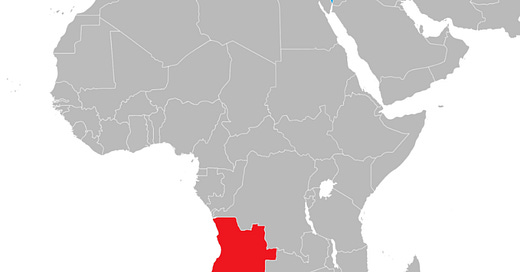In an update on the cholera outbreak in Angola, on the west-central coast of Southern Africa, the Ministry of Health reports since the beginning of the year, 16,102 cumulative cases, including 937 confirmed, and 547 deaths from 17 of the country’s 21 provinces.
This is the most cases and deaths reported in Africa year to date.
Males accounted for 55% of all cases and 64% of all deaths. Children under 15 years accounted for 39% of all cases and 33% of all deaths. Additionally, 65% of all deaths occurred in hospitals.
Five provinces account for 91% of all cases and 91% of all deaths: Bango (2,926 cases; 113 deaths), Benguela (3,209; 89), Cuanza North (1,773; 65), Icolo e Bengo (1,068; 30) and Luanda (5,606; 199).
The outbreak was first detected in Cacuaco Municipality, a densely populated suburban area of Luanda with over 1.2 million residents in early January, before spreading to other parts of the country.
The World Health Organization reports the cholera outbreak in Angola shows significant subnational variation, largely due to differences in water and sanitation infrastructure, access to healthcare, and the scope of public health interventions, even in areas where OCV have been deployed.
While provinces that were initially at the epicentre, such as Luanda, have experienced a decrease or plateau in cases, new hotspots are emerging in provinces like Benguela, Cuanza Norte, and Malanje. Additionally, the high case fatality ratio observed among vulnerable age groups is concerning, especially among the elderly and young children, likely due to their lower immune response and higher susceptibility to severe dehydration. The stark contrast between health facility and community deaths underscores critical gaps in early case detection, late presentation of cases, healthcare access, and the need for improved management of cases.





